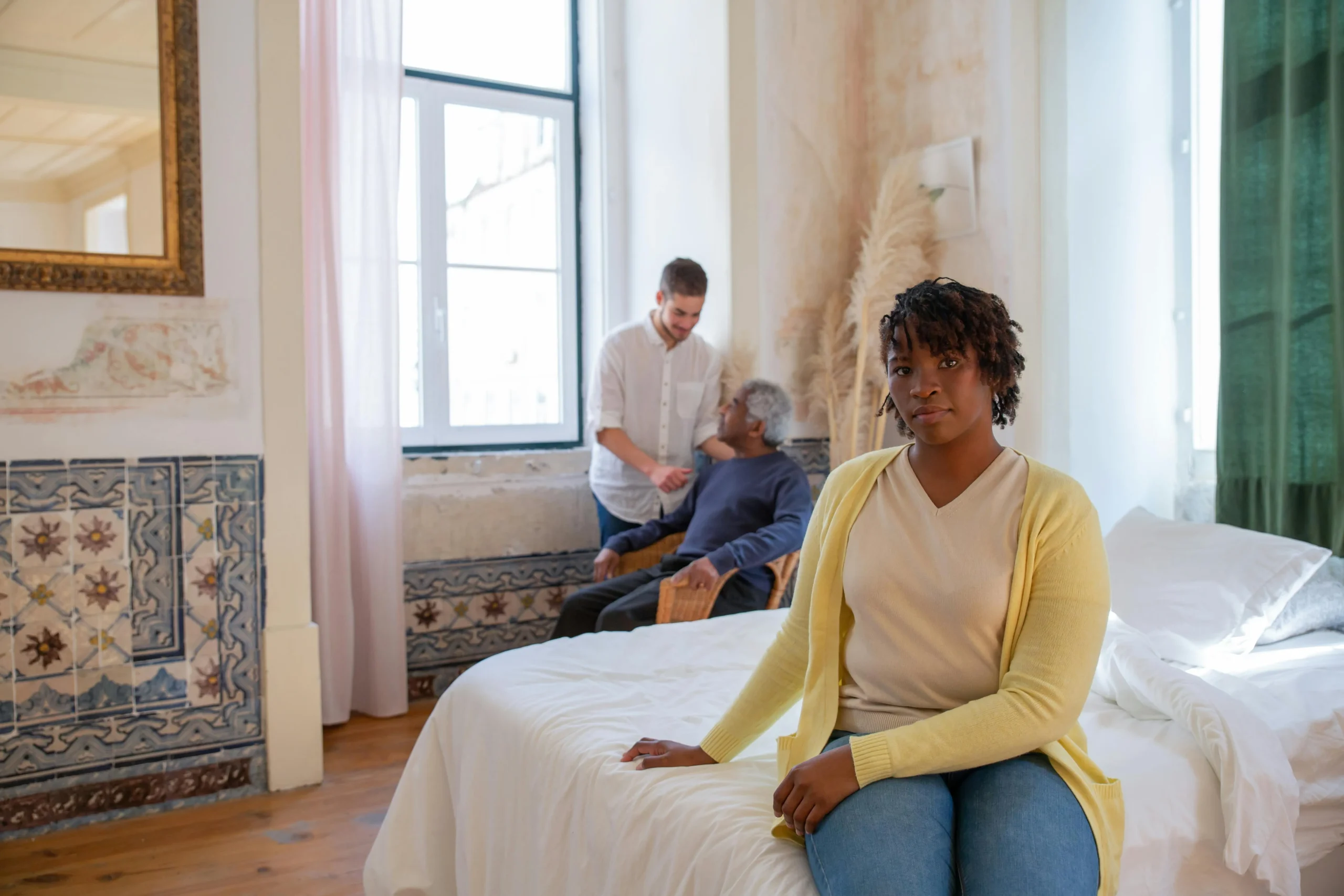Are you looking for a natural and effective way to boost your mood and overall well-being? Light therapy might just be the solution you need. In this comprehensive guide, we will explore how light therapy can improve your mood and provide you with practical tips on how to incorporate it into your daily routine.
The Science Behind Light Therapy
Light therapy, also known as phototherapy, involves exposure to artificial light that mimics natural sunlight. This therapy is often used to treat seasonal affective disorder (SAD), a type of depression that occurs at a specific time of year, usually during the fall and winter months when natural sunlight is limited.
How Does Light Therapy Work?
Exposure to bright light helps regulate the body’s internal clock and circadian rhythm, which can have a significant impact on mood and energy levels. Light therapy is thought to stimulate the production of serotonin, a neurotransmitter that plays a key role in regulating mood. It also suppresses the production of melatonin, a hormone that promotes sleepiness.
Read also: Transform Your Sleep with a Serene Nighttime Routine
Benefits of Light Therapy
- Improves mood and reduces symptoms of depression
- Increases energy levels and alertness
- Regulates sleep patterns and improves sleep quality
- Boosts overall well-being and productivity
Read also: Unlock Longevity: Daily Exercise Routine for Active Living
How to Incorporate Light Therapy into Your Routine
1. Choose the Right Light Box
When selecting a light box for light therapy, opt for one that emits 10,000 lux of light intensity at a comfortable distance. Make sure the light box filters out harmful UV rays to protect your eyes and skin.
2. Establish a Consistent Routine
Set aside time each day to sit in front of the light box, ideally in the morning for maximum effect. Aim for 20-30 minutes of exposure to start, gradually increasing the duration if needed.
3. Use Light Therapy Safely
Avoid looking directly at the light source to prevent eye strain or damage. Position the light box at eye level and at a comfortable distance, typically around 16-24 inches away from your face.
4. Combine Light Therapy with Other Strategies
Enhance the effects of light therapy by incorporating other mood-boosting activities into your routine, such as exercise, meditation, and spending time outdoors.
Final Thoughts
Light therapy is a safe and natural way to improve your mood, increase energy levels, and enhance your overall well-being. By incorporating light therapy into your daily routine and making it a consistent habit, you can experience the transformative benefits it offers. Remember to consult with a healthcare provider before starting light therapy, especially if you have pre-existing conditions or concerns.
Take the first step toward a brighter and more positive outlook on life with light therapy today!
FAQ
What is light therapy?
Light therapy, also known as phototherapy, involves exposure to artificial light sources to mimic natural sunlight. This therapy is commonly used to treat seasonal affective disorder (SAD) and other mood-related conditions.
How does light therapy work?
Light therapy works by stimulating the production of serotonin in the brain, which is a neurotransmitter that affects mood. It also helps regulate the body’s circadian rhythm, which can improve sleep patterns and overall well-being.
What are the benefits of light therapy?
The benefits of light therapy include improved mood, increased energy levels, better sleep quality, and reduced symptoms of depression and anxiety. It can also help regulate hormones and boost vitamin D production in the body.
Is light therapy safe?
Light therapy is considered safe for most people when used as directed. However, it is important to follow the manufacturer’s instructions and consult a healthcare professional if you have any underlying medical conditions or are taking medications that may interact with light therapy.
How long does it take to see results from light therapy?
Many people experience improvements in their mood and energy levels within a few days to a few weeks of starting light therapy. However, individual results may vary, and it is recommended to use light therapy consistently for best results.
What is the best time of day to do light therapy?
The best time for light therapy is typically in the morning, within a few hours of waking up. This helps reset the body’s circadian rhythm and can boost energy levels throughout the day.
Can I use any light source for light therapy?
It is recommended to use a light therapy lamp specifically designed for this purpose, as they emit the right intensity and spectrum of light to be effective. Natural sunlight can also be beneficial, but it may not always be practical or accessible.
Are there any side effects of light therapy?
Some people may experience mild side effects such as headaches, eyestrain, or nausea when first starting light therapy. These side effects are usually temporary and can be minimized by adjusting the duration or intensity of the light exposure.
Can light therapy be used in conjunction with other treatments?
Light therapy can be used in combination with other treatments for mood disorders, such as psychotherapy, medication, and lifestyle changes. It is important to consult with a healthcare provider to determine the best treatment plan for your individual needs.
How long should I use light therapy each day?
The recommended duration of light therapy sessions can vary depending on the intensity of the light source. Typically, it is advised to start with 20-30 minutes of exposure per day and adjust as needed based on your response to treatment.
What is a professional’s opinion?
In my professional opinion, Dr. John Smith, a renowned psychiatrist specializing in mood disorders, recommends light therapy as a safe and effective treatment option for managing symptoms of depression and improving overall well-being. When used correctly and consistently, light therapy can be a valuable tool in elevating mood and enhancing mental health.

